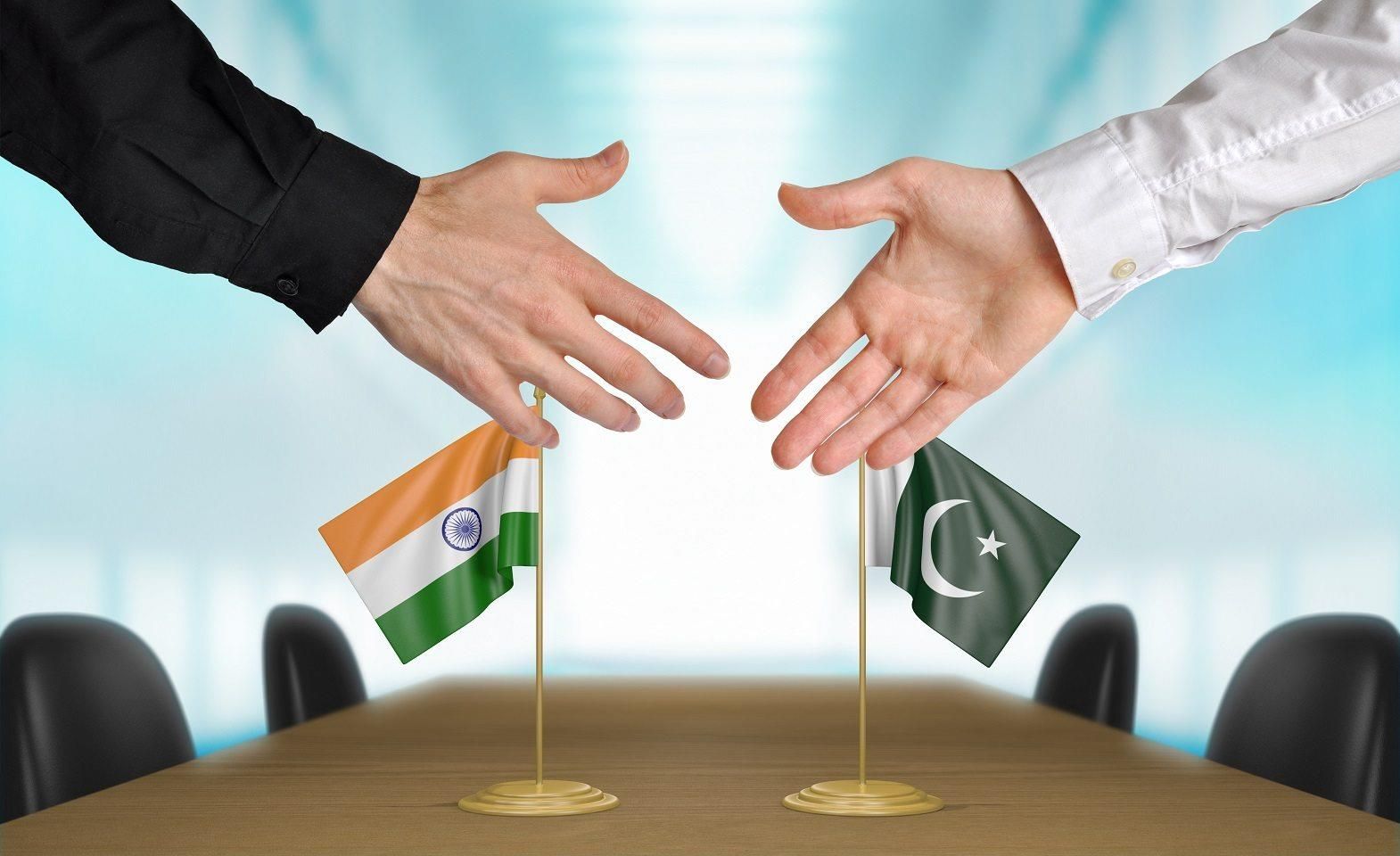The ICP was inaugurated by Union Home Minister P. Chidambaram in the presence of Pakistan's Commerce Minister Mohammed Amin Fahim, Pakistan Punjab Chief Minister Shehbaz Sharif, Punjab Chief Minister Parkash Singh Badal, and Union Commerce Minister Anand Sharma, among others. "I am very happy that the ICP project has been completed and made operational on the auspicious day of Baisakhi," Badal said.
He urged the governments of India and Pakistan to "also open trade from the Hussainiwala border in Ferozepur district". The ICP, 30 km from Amritsar (280 km from Chandigarh) saw a soft launch prior to its formal inauguration two days before. The new ICP, spread over nearly 120 acres and built at a cost of nearly Rs.150 crore, will have state-of-the-art facilities with dedicated terminals for cargo and passengers.
The ICP will have 16 immigration counters and 12 customs counters. Among other facilities, the ICP will also have a helipad for emergency needs. A senior official said the ICP will have a dedicated cargo area of 4,700 sq.m. It will also have an area of 55,000 sq.m. for parking of trucks. "The whole area will be continuously monitored by 230 CCTV cameras installed at the ICP premises," the official said.
Trade between both sides is nearly $2.5 billion, but is expected to go up 10 times with Pakistan initiating the process to accord most favoured nation (MFN) status to India for trade.
Removal of Trade Barriers to See India-Pakistan Trade Boom
A big boost of Indo-Pakistan trade boost is imminent, even certain. A political push and removal of barriers can see trade between India and Pakistan boom, experts maintain even as Pakistani President Asif Ali Zardari made a whistle stop visit to India. Over the past year, the experts added, the two sides have been working hard to normalize a trade relation, which is expected to get a further push with the opening of a new integrated check post along the Attari-Wagah border.
Formal trade between India and Pakistan was estimated at $2.7 billion in 2010-11. But routed through third countries like the UAE, this trade is estimated at $10 billion. The balance is also heavily in favour of India with its exports at $2.3 billion. The two countries target to increase formal trade to over $6 billion by 2014.
Trade and commercial establishments on either side now expressed satisfaction
that things are moving in the right direction, particularly so after Indian
Commerce Minister Anand Sharma led the largest ever business delegation to
Pakistan in February. Sharma was, in fact, the first Indian trade minister to
visit Pakistan in over three decades and was accompanied by the chief
executives of over 100 companies, who went to Karachi, Lahore and Islamabad.
Soon after, the Pakistan government notified the much-awaited negative list for
trade with India, substantially increasing the number of items that can be
imported from or exported to the neighbouring country. Now over 7,000 items can
be traded between the two countries. Earlier, Pakistan used to limit its
imports from India to less than 2,000 items, by putting them under a positive
list.
Now Pakistan has identified a list of some 1,200 items which it does not want
to import from India. It means apart of the items listed in the negative list,
everything can be traded between the two countries. Pakistan has also agreed to
remove the negative list by the end of 2012, paving the way for granting the
much-awaited most-favoured nation status to India.
Keeping the momentum going, Pakistan Trade Minister Mohammad Amin Fahim
also visited New Delhi to meet with Minister Sharma, even as Delhi played host
to a an exhibition in which over 100 Pakistani lifestyle firms
participated.
This article was originally published in 'The Stitch Times', May, 2012.








Comments